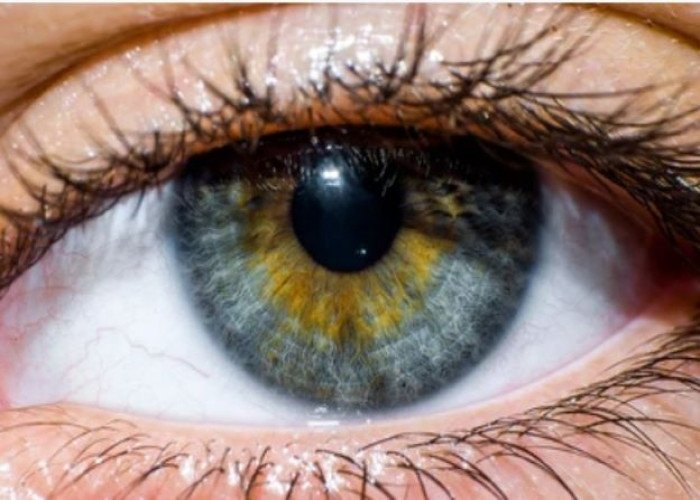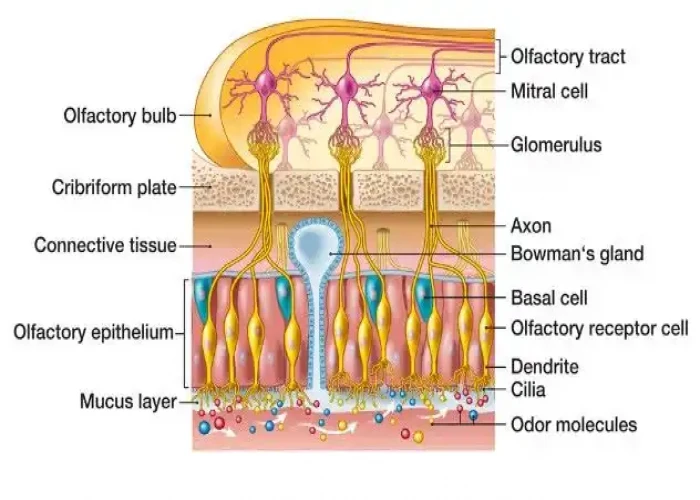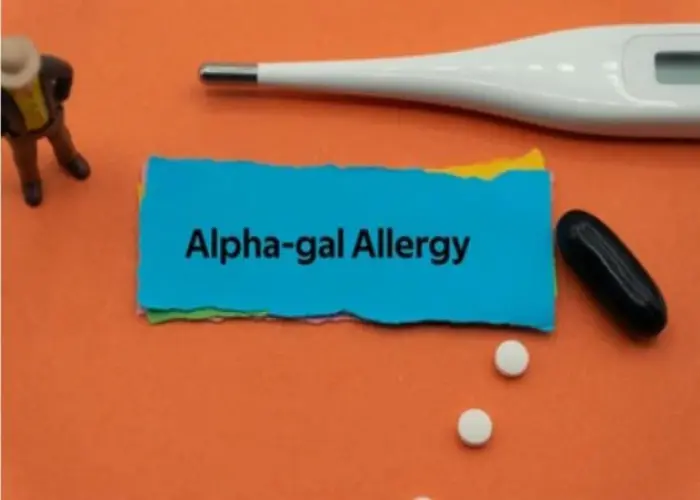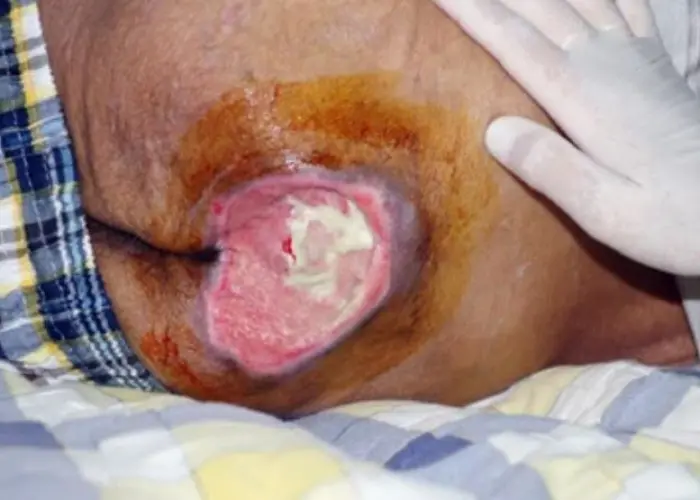 Welcome
Welcome
“May all be happy, may all be healed, may all be at peace and may no one ever suffer."
- A
- B
- C
- D
- E
- F
- G
- H
- I
- J
- K
- L
- M
- N
- O
- P
- Q
- R
- S
- T
- U
- V
- W
- X
- Y
- Z
Skin - Diseases
The skin is the largest organ in the human body, and it has several important functions. It serves as a protective barrier against physical and chemical damage, regulates body temperature, and helps to prevent dehydration by controlling fluid loss from the body. The skin also contains nerve endings that enable us to feel touch, pressure, and pain, and it plays a role in the production of vitamin D.
The skin has three main layers: the epidermis, the dermis, and the subcutaneous tissue. The epidermis is the outermost layer and is composed primarily of dead skin cells that are constantly shed and replaced. The dermis is the middle layer and contains blood vessels, nerves, hair follicles, and sweat glands. The subcutaneous tissue is the deepest layer and is composed of fat cells and connective tissue.
The skin is also the site of several common conditions, including acne, eczema, psoriasis, and skin cancer. These conditions can be caused by a variety of factors, including genetics, hormones, and exposure to sunlight or other environmental factors.
To keep the skin healthy, it is important to protect it from the sun by wearing sunscreen and protective clothing, to stay hydrated by drinking plenty of water, and to maintain a healthy diet and exercise routine. Good skincare practices, such as washing the skin regularly and moisturizing, can also help to keep the skin looking and feeling healthy.

Cornea Eye

Vocal cords

Olfactory epithelium

Choroid plexus Ventricular system

Interstitium

Nerves

Liver

Anus
Skin, Skin diseases, ত্বক
To be happy, beautiful, healthy, wealthy, hale and long-lived stay with DM3S.

















